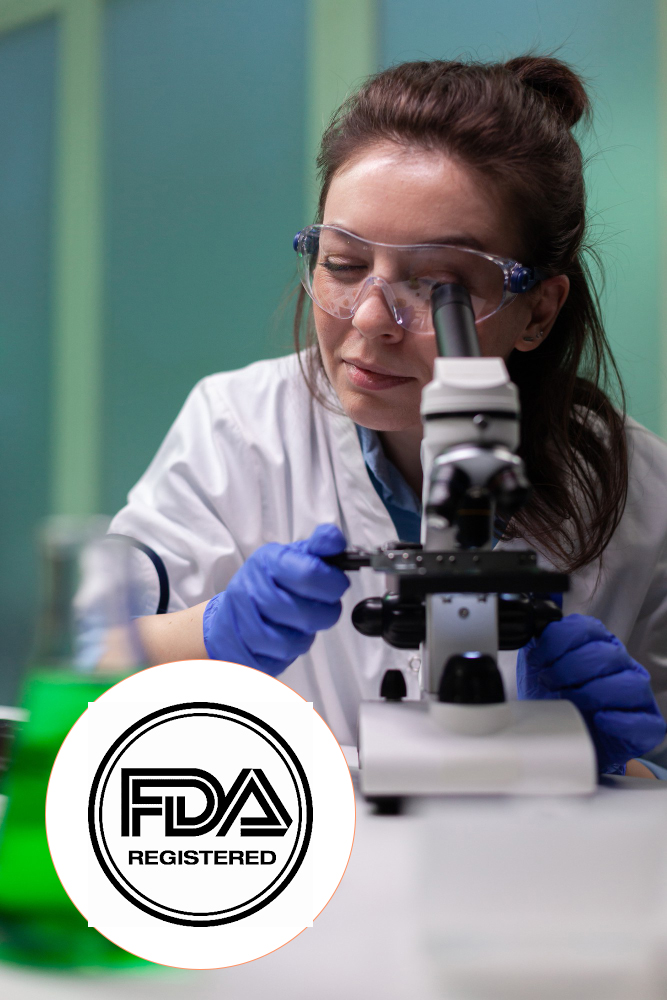Illinois is one of the states that explicitly permits gestational surrogacy under statute. This guide explains how the process works in Illinois—what the Illinois Gestational Surrogacy Act requires, how parentage is established, what must be included in contracts, and how Surrogacy4All’s physician-led approach ensures compliance, clarity, and support from start to finish.
In Illinois, a strong outcome begins with meeting statutory requirements, securing independent counsel, and aligning clinical, legal, and administrative steps in tandem.


Our structure aligns with Illinois’s legal regime and the realities of assisted reproduction:
Our goal: minimize legal risk, avoid surprises, and streamline your journey.
Under Section 20 of the Illinois Gestational Surrogacy Act: For the gestational surrogate to satisfy eligibility at the time the contract is executed, she must:
Under Section 25 of the Act, to make the contract presumptively enforceable, it must:
If any requirements are not met, a court may later determine parentage based on parties’ intent or in litigation.
Illinois law does not specifically require an “FDA license” for surrogacy programs. The Illinois statute focuses on eligibility, contract structure, escrow, legal counsel, and parentage procedures.
However, federal regulations apply to fertility clinics, labs, and tissue banks handling gametes, embryos, or other human tissue. Any clinic or laboratory involved in your surrogacy process should comply with applicable FDA / HCT/P standards for screening, storage, record-keeping, labeling, chain-of-custody, and adverse event reporting.
From a best-practice perspective, a surrogacy program should partner only with clinics and labs that:


Your budget should present clear line items, including:
Typical timeframe: 12–18 months from initial intake to birth. Parallel processing (legal + clinical + administrative) helps reduce wait times and idle phases.
Consultation & Readiness
Define your goals, legal domicile, budget, and timeline.
Contract Drafting & Compliance Check
Draft contract under Illinois statute, verify eligibility of surrogate and intended parents, ensure independent legal counsel.
Medical & Lab Onboarding
Agree on embryo strategy, screen parties, work with compliant IVF/lab partners.
Surrogate Matching
Match based on values, medical compatibility, geography, and hospital preferences.
Finalize Legal Contract
Execute the surrogacy contract (with escrow set up if compensation is involved) before any medical procedures (other than eligibility evaluations).
Embryo Transfer & Monitoring
Administer medications, monitor, transfer embryo under best-practice protocols.
Pregnancy Support
Wellness for surrogate, OB transition, case updates, disbursement via escrow.
Parentage Statements & Vital Records Filing
Submit certified statements by surrogate, intended parents, spouse (if any), and physician to hospital and vital records before birth.
Birth & Homecoming
Child born with birth certificate reflecting intended parent(s) names. Complete newborn care and insurance processes.

A single intended mother with embryos stored at an FDA-registered clinic. After compliance checks, she matched with a surrogate in 6 weeks. Contracts finalized within 30 days. First transfer was successful. A pre-birth order was granted in the second trimester. She left the hospital with her baby 48 hours after delivery—smoothly, thanks to parallel processing of legal, insurance, and medical steps.
Our job is to listen, to connect the dots between your needs, and to determine how we can best help you have your baby. If you’re asking how much does it cost for a surrogate, we’ll walk you through every step of the process to ensure there are no surprises.
To make an appointment with one of our counselors or physicians, please call (212) 661-7673 or email info@surrogacy4all.com. We look forward to hearing from you.
Secret Guide to Minimizing Surrogacy Costs
All Rights Reserved to Surrogacy4all
RESOLVE: The National Infertility Association, established in 1974, is dedicated to ensuring that all people challenged in their family building journey reach resolution through being empowered by knowledge, supported by community, united by advocacy, and inspired to act.
ASRM is a multidisciplinary organization dedicated to the advancement of the science and practice of reproductive medicine. The Society accomplishes its mission through the pursuit of excellence in education and research and through advocacy on behalf of patients, physicians, and affiliated health care providers.
Welcome to the Parent Guide: Starting Life Together, for children and their caregivers. Whether you are a mother or father (through birth, adoption, or foster care), a grandparent, partner, family friend, aunt or uncle with parenting responsibilities, the Parent Guide has information to help you through the FIRST FIVE YEARS of your parenting journey.
Path2Parenthood (P2P) is an inclusive organization committed to helping people create their families of choice by providing leading-edge outreach programs.
The FDA is a part of the Department of Health and Human Services.
Each day in America, you can trust the foods you eat and the medicines you take, thanks to the U.S. Food and Drug Administration.